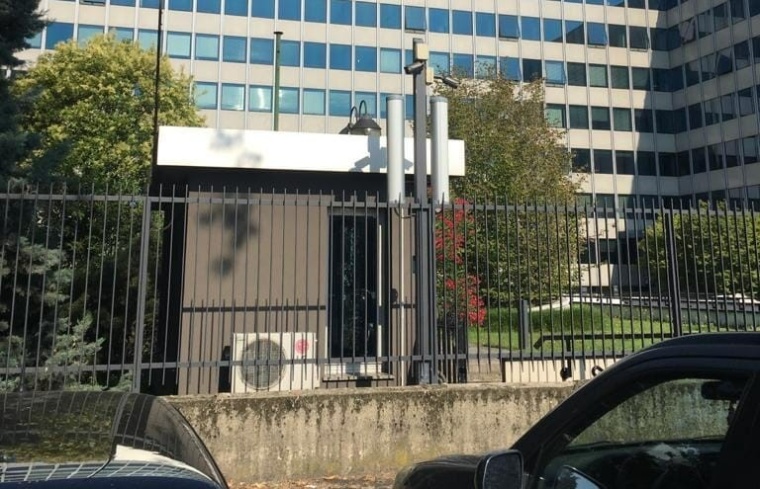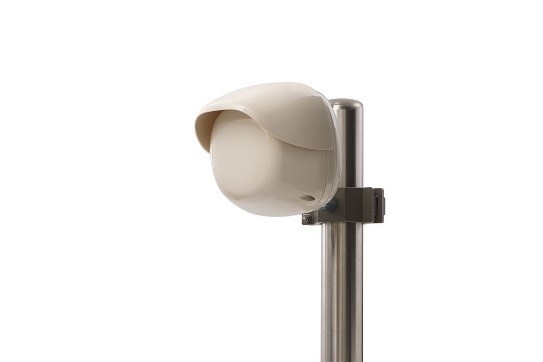A case history with Micro-Ray linear barrier from CIAS
CIAS and the company G&G Electric S.r.l. have secured the production site of a major Italian television station: a complex and highly articulated perimeter, over 2km long, which includes recording studios, warehouses and offices. The Security Manager of the structure made it a condition that the system must implement the most advanced technologies and guarantee maximum site security.


|
The chalenge and the solution The security project required the integration, and in some cases the replacement due to inadequacy or obsolescence, of the anti-intrusion systems already on site, to ensure active security on walls, fences and driveways. The main challenge was being able to adapt the bi-static microwave barrier- a technology that offers maximum stability and reliability - in very narrow areas rich in vegetation, and therefore impossible to protect without compromise with any traditional barrier models.
Read more about Micro-Ray linear barrier |
most read

How Optex LiDAR Technology Is Making UK Railway Crossings Safer for Pedestrians and Drivers
Optex LiDAR boosts UK rail safety, detects obstacles at crossings to prevent accidents and support enforcement

What Is the Entry/Exit System?
How Europe’s Smart Border Tech Is Reshaping Security and Identity Management: A Security Guide for Professionals and Travelers











